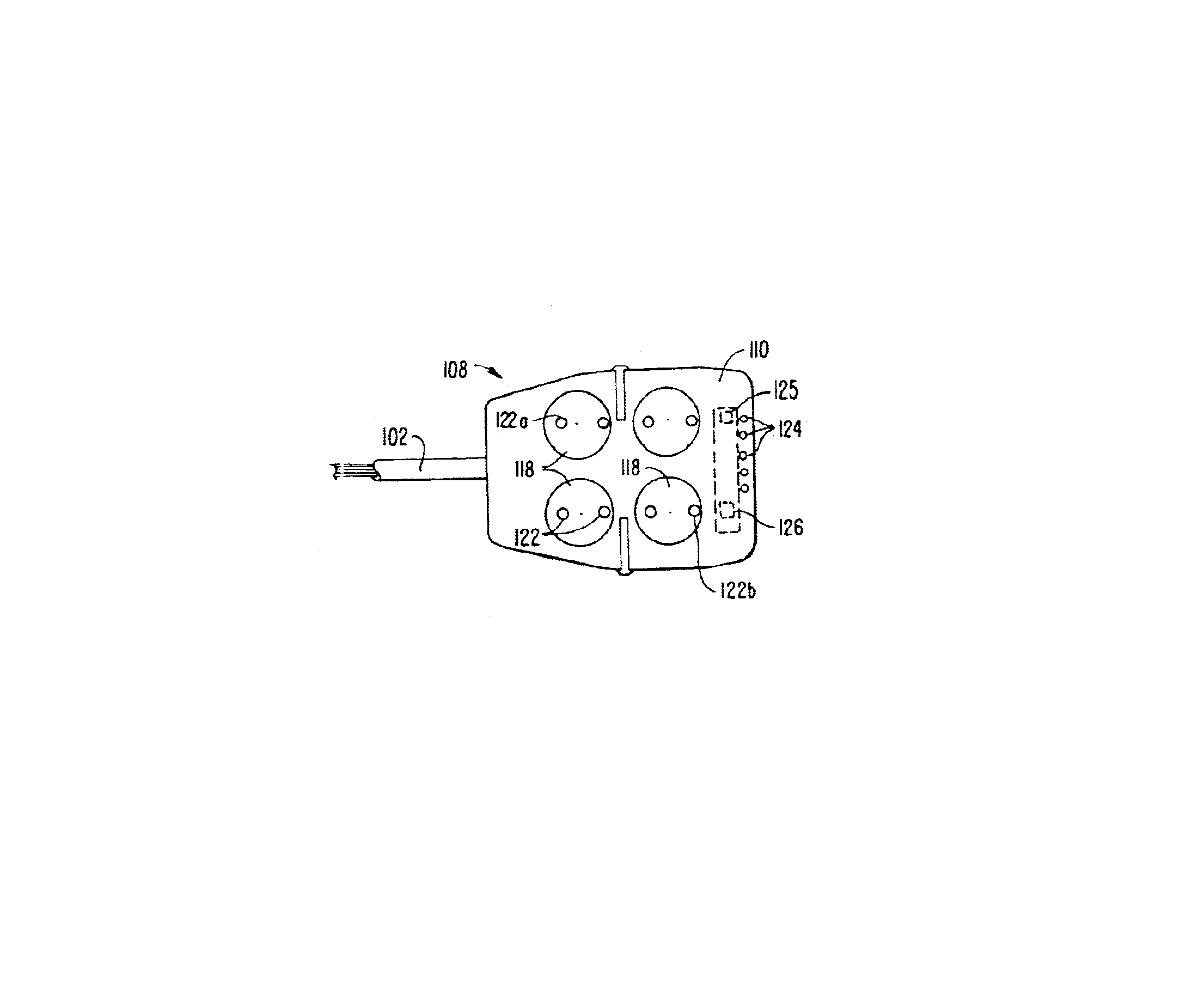Surgical robotic tools, data architecture, and use
a robotic tool and data architecture technology, applied in the field of robotic surgery, can solve the problems of many new challenges, many independent surgical manipulators, and surgeons will typically employ a significant number of different surgical instruments
- Summary
- Abstract
- Description
- Claims
- Application Information
AI Technical Summary
Benefits of technology
Problems solved by technology
Method used
Image
Examples
Embodiment Construction
The present invention provides robotic surgery systems, devices, and methods. Robotic surgery will generally involve the use of multiple robotic arms. One or more of the robotic arms will often support a surgical tool which may be articulated (such as jaws, scissors, graspers, needle holders, microdissectors, staple appliers, tackers, suction / irrigation tools, clip appliers, or the like) or non-articulated (such as cutting blades, cautery probes, irrigators, catheters, suction orifices, or the like). One or more of the robotic arms will often be used to support one or more surgical image capture devices such as an endoscope (which may be any of the variety of structures such as a laparoscope, an arthroscope, a hysteroscope, or the like), or optionally, some other imaging modality (such as ultrasound, fluoroscopy, magnetic resonance imaging, or the like). Typically, the robotic arms will support at least two surgical tools corresponding to the two hands of a surgeon and one optical i...
PUM
 Login to View More
Login to View More Abstract
Description
Claims
Application Information
 Login to View More
Login to View More - R&D
- Intellectual Property
- Life Sciences
- Materials
- Tech Scout
- Unparalleled Data Quality
- Higher Quality Content
- 60% Fewer Hallucinations
Browse by: Latest US Patents, China's latest patents, Technical Efficacy Thesaurus, Application Domain, Technology Topic, Popular Technical Reports.
© 2025 PatSnap. All rights reserved.Legal|Privacy policy|Modern Slavery Act Transparency Statement|Sitemap|About US| Contact US: help@patsnap.com



